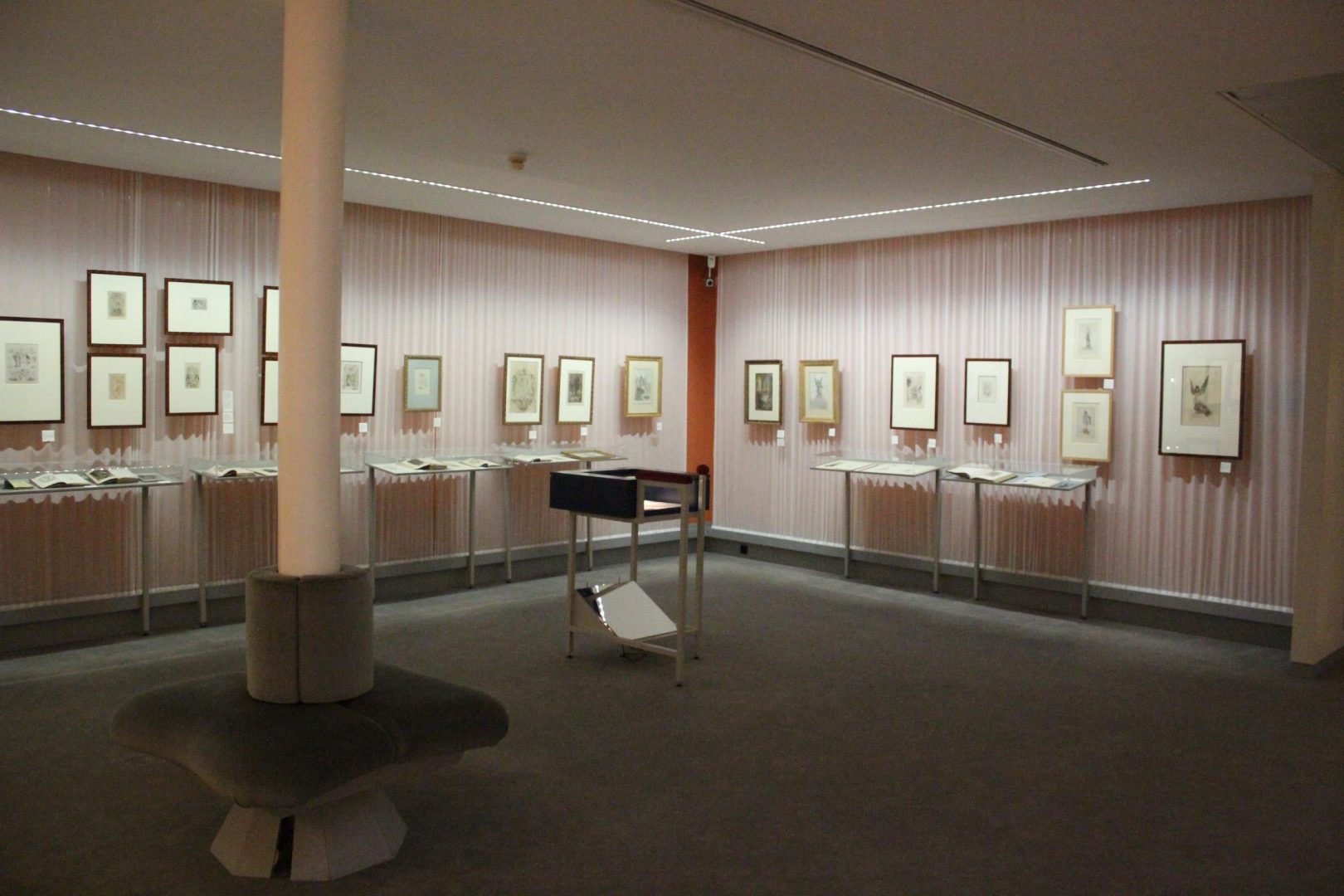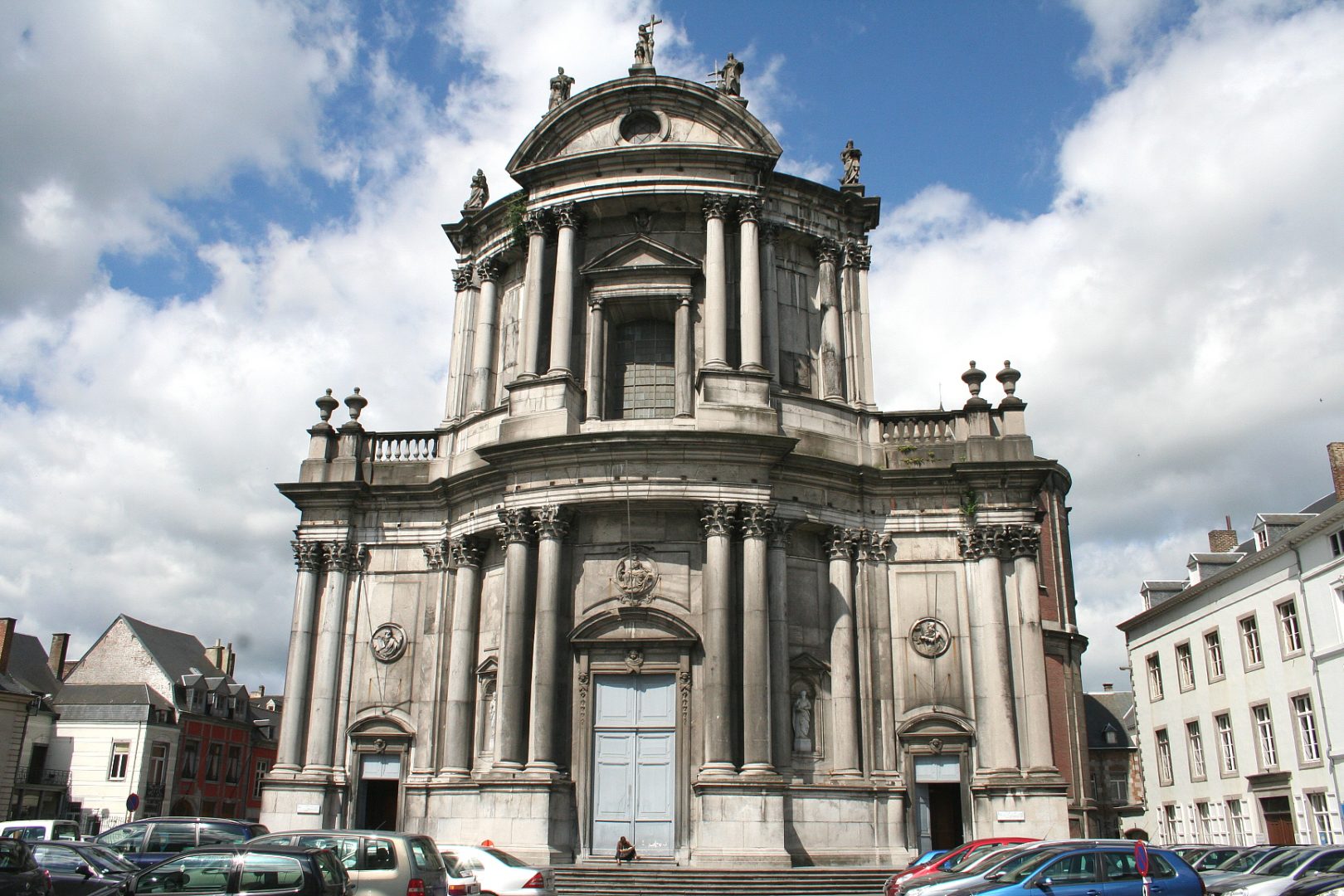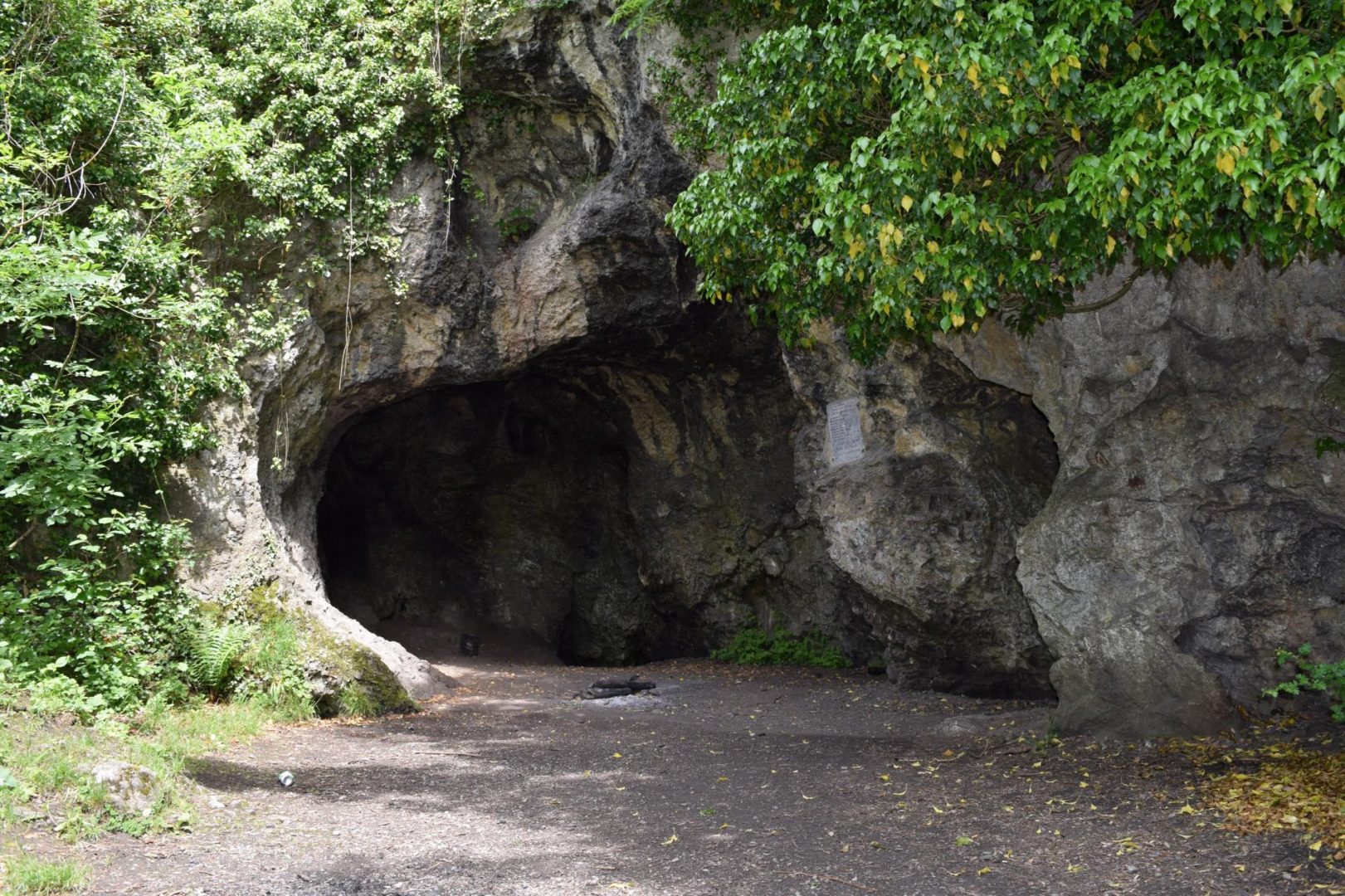Namur is the capital of Wallonia, Belgium. Namur stands at the confluence of the Sambre and Meuse rivers.
Namur is the capital of Wallonia, Belgium. At the confluence of the Meuse and Sambre rivers is the Citadel, a medieval fortress with 7 kilometers of underground passages, gardens, views and a golden statue of a giant turtle. In the city, the Felicien Rops Museum focuses on the works of this 19th-century amateur, born in Namur. The Baroque church of St. Loup has marble columns and a rich carved roof.
1. Citadel of Namur

The Citadel or Castle of Namur is a fortress in the Walloon capital city of Namur, at the confluence of the Sambre and Meuse rivers. It is originally from the Roman era but has been rebuilt several times. Its current form was designed by Menno van Coehoorn, and improved upon by Vauban after the siege of 1692. It has been classified as a Wallonia’s Major Heritage site. The original citadel dates to 937. It achieved its present extent between 1631 and 1675 when the city was under Dutch control. This section was called “Terra Nova” to distinguish it from the smaller Médiane fort built adjacent in 1542 and ensuing years.
2. Museum Félicien Rops

The museum presents, the permanent collection dedicated to Félicien Rops, several times a year, temporary exhibitions on themes as varied as the 19th century and its artists, ancient or contemporary graphic art, as well as certain aspects of the work from Rops’ life.
3. St. Aubin’s Cathedral

St. Aubin’s Cathedral, Namur, Wallonia, the only cathedral in Belgium in the academic Late Baroque style. It was the only church built in the Low Countries as a cathedral after 1559, when most of the dioceses of the Netherlands were reorganized. It is classified as part of Wallonia’s Major Heritage by the Walloon Region.
4. Saint-Loup Church

The Saint-Loup church, located in the historic heart of Namur, is one of the jewels of Baroque art in the ancient southern Netherlands. Built between 1621 and 1645 by the architect Pieter Huyssens, brother of the Society of Jesus, it constitutes a faithful translation of the precepts of the Catholic Reformation. The neighboring old college, built from 1610, on the other hand, illustrates the Mosan constructive tradition by its austere and functional character, all in brick and bluestone. Together with the church, it forms a vast ensemble established in the 17th century in the medieval fabric of the city.
5. Spy Cave

Spy Cave is located near Spy in the municipality of Jemeppe-sur-Sambre, province of Namur, Belgium above the left bank of the Orneau River. Classified as a premier Heritage site of the Walloon Region, the location ranks among the most significant paleolithic sites in Europe. The cave consists of numerous small chambers and corridors.
